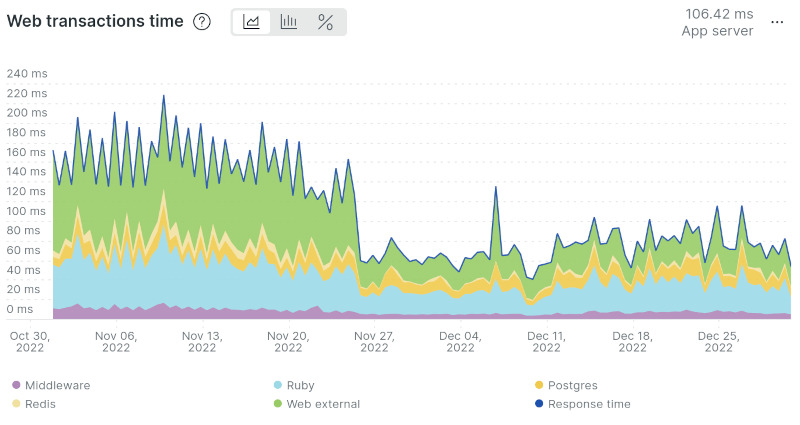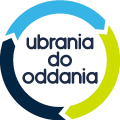Back to Case Studies
Client
Ubrania Do Oddania
Industry
Fundraising
Product
Web app
Date
Since August 2022
Skills
Ruby on Rails
JavaScript
CoffeeScript
Optimization


- Lack of application documentation
- Insufficient code coverage with automated tests
- Lack of monitoring and data on website traffic and application resource usage
Test Completion
We have completed the missing tests, starting with the most business-critical parts of the code, and we are continuing to cover the application with them.
Modern Infrastructure Architecture
We have updated the application's infrastructure architecture by introducing modern and efficient solutions, such as containerization with Docker, thereby reducing the deployment time of new application versions.
Libraries and Language Update
We have updated the used libraries, including language version, to ensure the security of the application.
Technical service and repair of hidden problems
We maintain the system on an ongoing basis and fix problems that were not initially identified by the client, ensuring the stability and reliability of the application.
Implementation of Monitoring Tools
By adding monitoring tools (New Relic and Sentry), we have pinpointed performance bottlenecks and optimized critical code sections. This resulted in a significant performance boost and a staggering 8x reduction in RAM consumption.
Transparent Communication with the Customer
We have introduced an effective communication system with the client, which increased the transparency of work progress, prioritization, and reduced communication errors.

After the changes we introduced, the application started to work faster and consume fewer resources, which contributed to reducing the costs associated with its maintenance. Customers no longer experience issues with the application's performance or only encounter occasional defects that were previously undetected. The security and manageability of the application have significantly improved.
Thanks to effective cooperation with our team, the client decided against rewriting the application in another technology, realizing that it was not the choice of technology that was inadequate, but rather the previous software implementation process. This allowed the client to save several hundred thousand PLN, which would have been the cost of rewriting the application in a different language.
- Reducing the number of errors experienced by users.
- Improving the security and maintainability of the application.
- More efficient and predictable collaboration with the developer.
- Financial savings for the client through a change in project approach.
